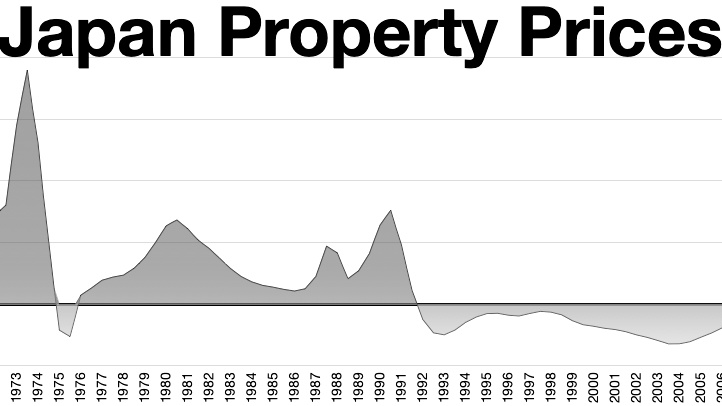Pt. 6: The Bubble Boom and Bust of the Japanese Countryside
Population in 1980: 118 million people
As Japan became “No. 1”, popular media idolized the city life. The consistent success of economic powerhouses located in Japan’s major city centers gave people living in rural areas an increasing sense that city life was superior and directly linked to higher social status. Big city transplants quickly reinforced the narrative by eschewing their roots and looking down upon their former peers who stayed back home.
Case study: “New towns”
Perhaps one of the most speculative real estate moves of the Bubble era was the emergence of new towns. Master-planned communities in suburban and exurban areas in all directions from metro areas popped up almost overnight. They became popular among families that had a breadwinner working in a big city, but had a more domestic feel, space for kids to play, and lower prices than the constantly appreciating cost of big city living.
Some of these new towns are not dissimilar to suburban communities around the world. However, there are a few particularly grandiose examples that deserve a special mention for being typical of the magical thinking that existed in the late 1980’s.
One community in Yamanashi, Commore Shiotsu, which was initiated by major developer Sekisui House in 1987, connected a hilltop planned community with Shiotsu Station on the JR Chuo Line with a massive escalator and cable car-like elevator that whisks residents up 100 meters from the station down below. While this must have seemed like an awesome idea at the time, the massive transit system also comes with sizable maintenance costs, which are borne by residents. Also, at 4 minutes via the diagonal elevator and 8 minutes via the 200 meter long escalator, it isn’t exactly the quickest form of local transportation.
While there are plenty of new towns around metro areas with their own quirky features, perhaps no developer went so big and failed so hard as Tokyu, who built One Hundred Hills, a gated community of what was supposed to be 60 palatial houses in the Midori Ward of Chiba Prefecture. Beginning the massive project in 1989, they managed to sell and build 38 houses, leaving half of the community literally empty. While the 38 houses are still there, many of them are empty and in varying states of disrepair, and while the allure of an American-sized 1,500+ square meter lot (0.4 acres) and a 400+ square meter house (4,300 square feet) sounds sweet, it comes with an 80,000 yen monthly management fee and a 100,000+ yen monthly electricity bill because the massive houses use industrial-spec electricity and they all came standard with central heat and air.
Oh yeah, and it is a 20 minute drive from the nearest train station and an hour plus from central Tokyo, not even taking into consideration any traffic. Noting its resemblance to Beverly Hills in Los Angeles, someone gave it the nickname Chibarly Hills, and the name definitely stuck. Having personally been invited to a concert and garden party in a pair of well kept examples, I have to say, they really took the project seriously and made some really cool houses. Unfortunately, a year after the project started, the burst of the bubble made buying a $20 million dollar house in a not-so-convenient area less than attractive, and these palatial homes can now be acquired for $500,000-$1,500,000, depending on the condition. That’s some serious depreciation.
On the whole, new towns across Japan that popped up from the 1970’s through the 1990’s are now graying, most children leave home without planning to move back, and as a result these communities are quickly becoming rife with abandoned houses.



